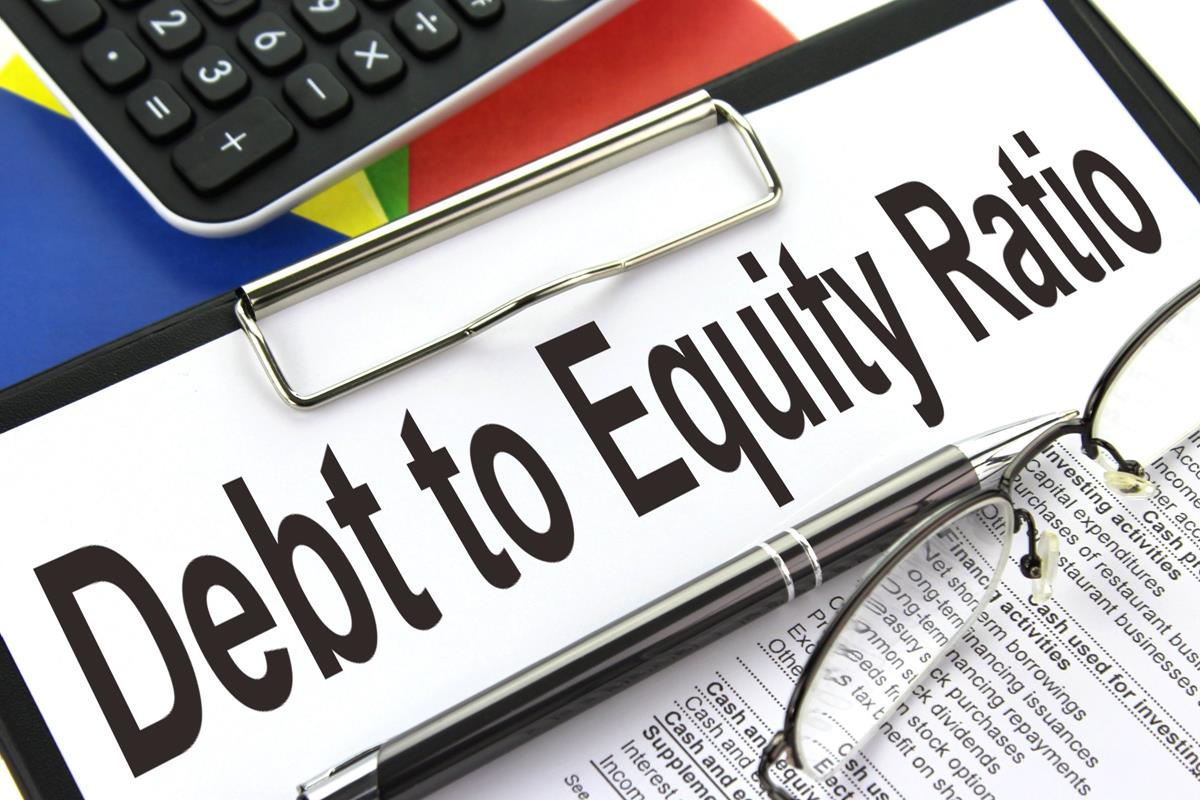Debt-to-Equity D E Ratio Formula and How to Interpret It

Generally speaking, a D/E ratio below 1 would be seen as relatively safe, whereas values of 2 or higher might be considered risky. Companies in some industries, such as utilities, consumer staples, and banking, typically have relatively high D/E ratios. As a rule, short-term debt tends to be cheaper than long-term debt and is less sensitive to shifts in interest rates, meaning that the second company’s interest expense and cost of capital are likely higher. If interest rates are higher when the long-term debt comes due and needs to be refinanced, then interest expense will rise.
- The investor has not accounted for the fact that the utility company receives a consistent and durable stream of income, so is likely able to afford its debt.
- The interest paid on debt also is typically tax-deductible for the company, while equity capital is not.
- Tesla had total liabilities of $30,548,000 and total shareholders’ equity of $30,189,000.
- We can see below that for Q1 2024, ending Dec. 30, 2023, Apple had total liabilities of $279 billion and total shareholders’ equity of $74 billion.
- Andy Smith is a Certified Financial Planner (CFP®), licensed realtor and educator with over 35 years of diverse financial management experience.
Excel Formula for Debt-to-Equity Ratio
While a useful metric, there are a few limitations of the debt-to-equity ratio. As you can see from the above example, it’s difficult to determine whether a D/E ratio is “good” without looking at it in context. This figure means that for every dollar in equity, Restoration Hardware has $3.73 in debt. The following D/E ratio calculation is for Restoration Hardware (RH) and is based on its 10-K filing for the financial year ending on January 29, 2022.
Interpreting the D/E ratio requires some industry knowledge
For example, if a company’s total debt is $20 million and its shareholders’ equity is $100 million, then the debt-to-equity ratio is 0.2. This means that for every dollar of equity, the company has 20 cents of debt, or leverage. Where long-term debt is used to calculate debt-equity ratio it is important to include the current portion of the long-term debt appearing in current liabilities (see example). The weighted average cost of capital (WACC) can provide insight into the variability of a company’s D/E ratio.
The Limitations of Debt-to-Equity Ratios
It is calculated by dividing the total liabilities by the shareholder equity of the company. This looks at the total liabilities of a company in comparison to its total assets. On the surface, this may sound like the debt ratio formula is the same as the debt-to-equity ratio formula. However, the total debt ratio formula includes short-term assets and liabilities as part of the equation, which the debt-to-equity ratio discounts.
How to Calculate the Debt-to-Equity Ratio
This is in contrast to a liquidity ratio, which considers the ability to meet short-term obligations. The debt-to-equity ratio (D/E) is a financial leverage ratio that can be helpful when attempting to understand a company’s economic health and if an investment is worthwhile or not. It is considered to be a gearing ratio that compares the owner’s equity or capital to debt, or funds borrowed by the company. Taking a broader view of a company and understanding the industry its in and how it operates can help to correctly interpret its D/E ratio.

How to Calculate D/E Ratio?
Our work has been directly cited by organizations including Entrepreneur, Business Insider, Investopedia, Forbes, CNBC, and many others. We follow strict ethical journalism practices, which includes presenting unbiased information and citing reliable, attributed resources. This team of experts helps Finance Strategists maintain the highest level of accuracy and professionalism possible.
These companies frequently borrow extensively, given their stable returns, making high leverage ratios a common and efficient use of capital in this slow-growth sector. Similarly, companies in the consumer staples industry tend to show higher D/E ratios for comparable reasons. In our debt-to-equity ratio (D/E) modeling exercise, we’ll forecast a hypothetical company’s balance sheet for five years. While not a regular occurrence, it is key small business lessons and trends from xerocon south 2016 possible for a company to have a negative D/E ratio, which means the company’s shareholders’ equity balance has turned negative. In general, if a company’s D/E ratio is too high, that signals that the company is at risk of financial distress (i.e. at risk of being unable to meet required debt obligations). Using the D/E ratio to assess a company’s financial leverage may not be accurate if the company has an aggressive growth strategy.
Yes, the ratio doesn’t consider the quality of debt or equity, such as interest rates or equity dilution terms. Ultimately, the D/E ratio tells us about the company’s approach to balancing risk and reward. A company with a high ratio is taking on more risk for potentially higher rewards. In contrast, a company with a low ratio is more conservative, which might be more suitable for its industry or stage of development. Considering the company’s context and specific circumstances when interpreting this ratio is essential, which brings us to the next question.
Companies should aim for a balanced ratio to mitigate these risks while leveraging debt for growth. Different sectors have varying norms, and it’s essential to compare against industry averages. Coryanne Hicks is an investing and personal finance journalist specializing in women and millennial investors. Previously, she was a fully licensed financial professional at Fidelity Investments where she helped clients make more informed financial decisions every day. She has ghostwritten financial guidebooks for industry professionals and even a personal memoir. She is passionate about improving financial literacy and believes a little education can go a long way.

